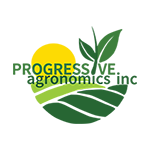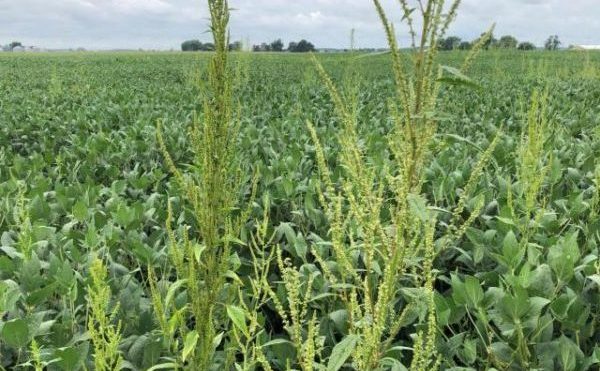Benjamin Franklin once said, “An ounce of prevention is worth a pound of cure.” This quote can be applied to weed management today. Preventing weeds from emerging protects yield. University data indicates that growers will sacrifice 2.5% of their final yield for every leaf stage that a post-emerge application is delayed. When it comes to post-emerge applications, the best weed to control is a weed that never emerged.
No matter which trait platforms you select, greater success will occur when the post-emerge trip is used to clean up a few escapes versus being relied on to do the heavy lifting of weed control in your fields. Given the ever-growing list of resistant weeds, taking selection pressure off current effective herbicide options is more critical than ever. The first step in ensuring a successful post-emerge application starts with the Power in the PRE™.
Number of SOAs in the PRE?
Utilizing various sites of action (SOAs), Beck’s Practical Farm Research (PFR®) data shows a 29% increase in waterhemp control when using two SOAs and a 37% increase in control when using three SOAs, versus using one SOA. Each herbicide group has strengths and weaknesses when it comes to weed control. Therefore, select herbicide groups that are effective for the weeds you face. For instance, Group 2 residual herbicides are very effective on large-seeded broadleaf weeds such as cocklebur, morningglory, giant ragweed, etc. Other SOAs, such as metribuzin, a Group 5 herbicide, as well as PPOs or Group 14 herbicides (Valor®, Authority®) are very effective on small-seeded broadleaf weeds like waterhemp.
However, metribuzin and PPO herbicides will struggle on grasses. Group 15 herbicides such as Dual II Magnum®, Outlook®, Warrant®, and Zidua® are very effective on waterhemp and grasses, but struggle on large-seeded broadleaf weeds. Selecting herbicide premixes with multiple SOAs will utilize the strengths of various herbicide groups. Ultimately, this will result in greater control across a broader spectrum of weeds as well as increasing waterhemp control.
Select SOAs for Problematic Weeds
When selecting a pre-emerge herbicide, choose a product with two or three “effective” SOAs. Select SOAs or actives targeting your problematic weeds versus selecting a random pre-emerge with one, two, or three SOAs. Weeds like waterhemp have developed resistance to various herbicide groups. For instance, Group 2 herbicides are very effective on large-seeded broadleaf weeds, but many waterhemp populations are resistant to Group 2 herbicides. If we select a Group 2 + Group 14 pre-emerge herbicide and the waterhemp population is resistant to Group 2 herbicides, how many “effective” SOAs do you have?
In 2020, one “effective” SOA resulted in 85%, two “effective” SOAs resulted in 90%, and three “effective” SOAs resulted in 95% waterhemp control 28 DAT of a post-emerge glyphosate application (glyphosate-resistant population).
Ultimately, this resulted in fewer escapes and less selection pressure on the post-emerge application. Developing a residual program with multiple “effective” SOAs for your problematic weeds will help lay a powerful pre-emerge foundation for a successful post-emerge application.
~ Joe Bolte, M.S., CCA – PFR Technician/Herbicide Specialist

